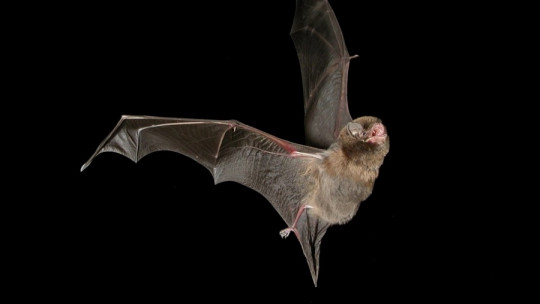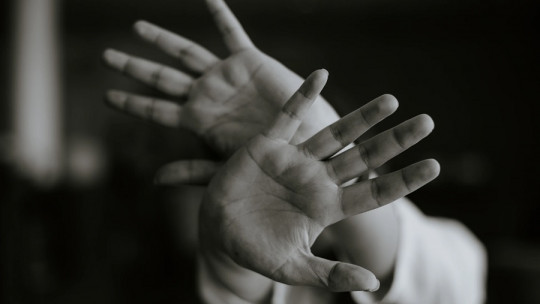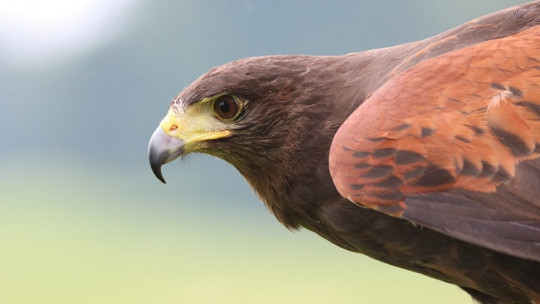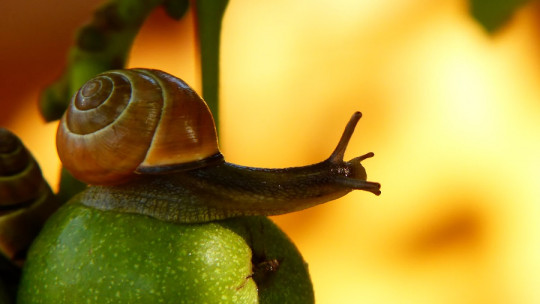
Chiroptophobia is the persistent and intense fear of bats It is a specific type of phobia that, as such, can be a major trigger for anxiety responses and even panic attacks. This is a rare fear and is related to the transmission of threatening information about this animal species.
Below we will see the main characteristics of chiroptophobia as well as its possible causes and treatment.
Chiroptophobia: fear of bats
The word “chiroptera” (chiroptera) is composed of the Greek “cheir”, which means “hand”, and the term “pteron”, which means wings. It is the formal way of calling mammals that develop wings on their extremities, which we know as “bats.” In turn, the word “chiroptophobia” is made up of the same Greek words, followed by the term “phobos” which refers to fear or fear. In this sense, chiroptophobia is the term that refers to the fear of bats.
When manifested in the presence of a specific animal, chiroptophobia It is considered a type of specific phobia However, it is not a common phobia. Specific animal phobias occur most frequently towards snakes, spiders, mice or rats, some insects, and birds.
In this type of phobia, the fear is usually not of potential harm. That is to say, people recognize that the animal does not represent a significant danger to their physical integrity However, this recognition does not reduce the anxiety response, since fear is generated by the physical characteristics of the animal.
Specifically, fear is related to the movement that the animal produces, especially if it is movements that are difficult to anticipate (for example, sudden flapping of its wings), which in the case of chiroptophobia is very evident. Fear is also caused by the physical appearance of animals, which may be related to negative stereotypes about them and to sensations such as disgust
Likewise, in the case of small animals that can evoke a perceived danger (for example, snakes) fear is the primary reaction, and disgust is the secondary reaction. The opposite occurs in the case, for example, of rats, mice and bats. Finally, fear is related to the sounds they produce and the tactile sensations that animals generate upon human contact.
Main symptoms
As with other phobias, chiroptophobia triggers an immediate anxiety response The latter can occur due to direct exposure to the stimulus, or due to the possibility or anticipation of exposure. Due to the activation of the autonomic nervous system (the task of regulating our involuntary movements), the most common response is an anxiety disorder that includes sweating, decreased gastrointestinal activity, hyperventilation, accelerated heart rate, and sometimes a seizure attack. panic.
Likewise, there may be a fear of the symptoms themselves or of triggering a panic attack. Likewise, there may be a social component: many people feel afraid of the possibility of making a fool of yourself when other people notice the reaction
Specific phobias of animals generally begin in childhood (before the age of 12), although not necessarily, and occur more frequently among women.
Possible causes
One of the main hypotheses about the causes of specific phobias is that they derive from basic fears common to the human species, generated by phylogenetic evolution This same hypothesis maintains that the most common phobic fears are situational, of the natural environment, of diseases and finally of animals.
Along the same lines, animal phobia is often explained by the theory of biological readiness, which says that a stimulus is more likely to become phobic when it represents a threat to the survival of the species. That would include the fear of attacks caused by different animals.
On the other hand, phobias of animals are usually explained by the sociocultural variables that surround our interaction with them, as well as by early learning about danger and possible threats
In other words, the expectation of fear has to do with the transmission of threatening information, which refers to the warnings received about the dangerousness of the stimulus.
Thus, chiroptophobia can also be generated with the negative connotations associated with bats. In this sense, it should be noted that, contrary to popular belief, of the 1,100 species of bats that exist, only 3 feed on blood. The vast majority eat insects and fruits, and in some cases small vertebrates For this reason, they are an important species for pest control and seed dispersal.
Finally, as with other phobias, one of the main causes is previous negative experiences with the phobic stimulus (in this case with bats). Such experiences may have been direct or indirect, and are potential triggers when they fit with the previously acquired expectation of danger. Likewise, fear expectations are reinforced by not having had positive experiences with the same stimulus.
Psychological treatment
There are different psychological techniques that allow us to modify fears that have become phobias, as well as reduce the anxiety response. One of the most used in the case of specific phobias of animals is the live exposure technique and some exposure techniques in the imagination Both have effects such as reducing fear, avoidance behaviors and negative evaluation of the stimulus that causes both the phobia and repulsion.
In combination with the above, participant modeling or observational learning is used, which is a form of accompaniment where the person observes the behavior of another and tries to imitate it. At the same time, you receive feedback on both physical and verbal or behavioral responses.
The problem specifically in the case of animal phobias, such as chiroptophobia, is the difficulty in exposing oneself to their natural environments. Given this, virtual reality exposure techniques, imagination exposure techniques and systematic desensitization have been generated.








